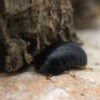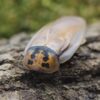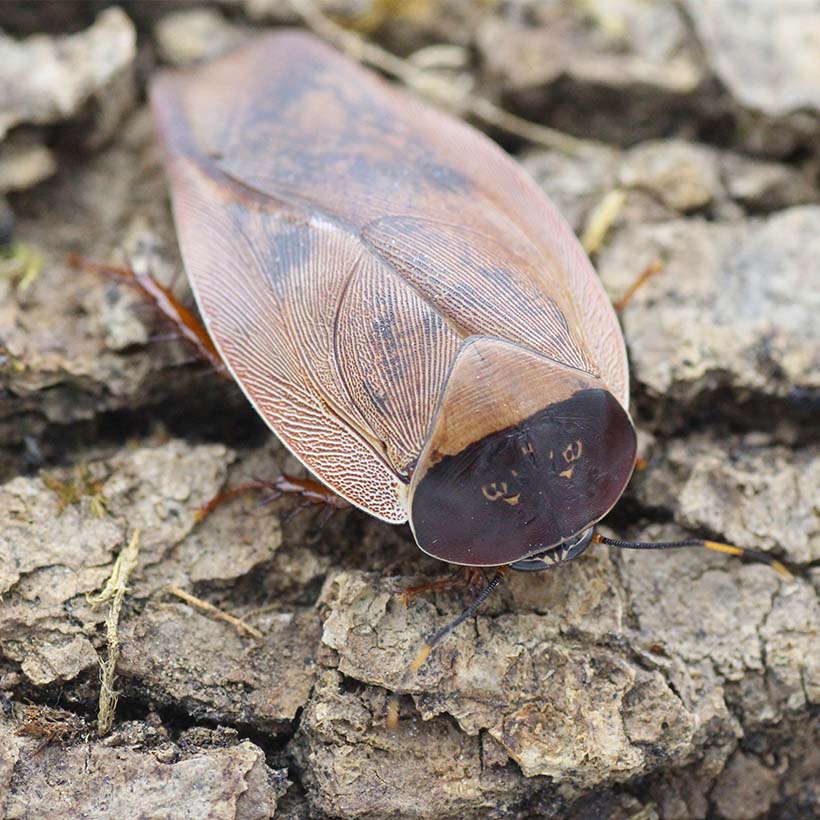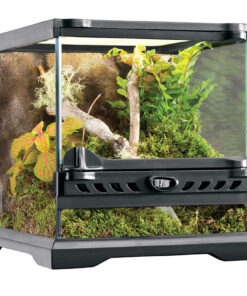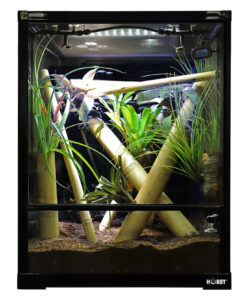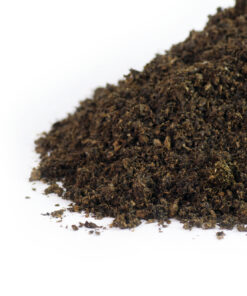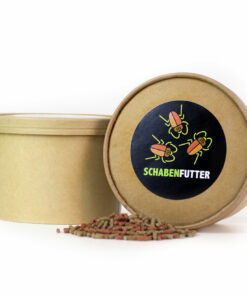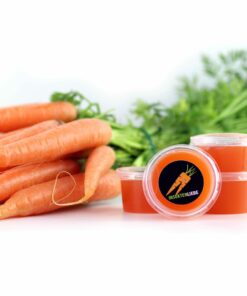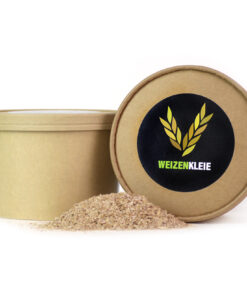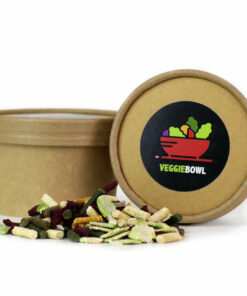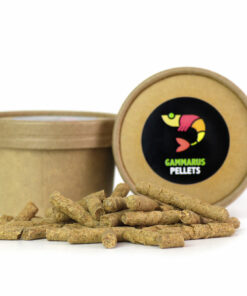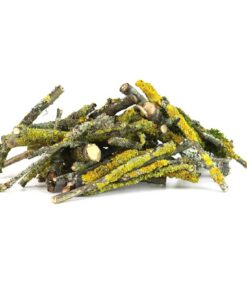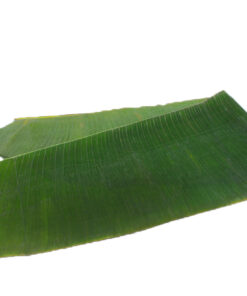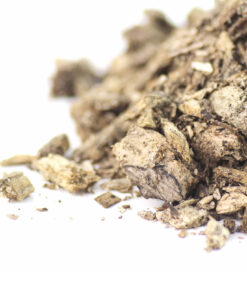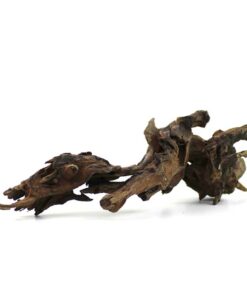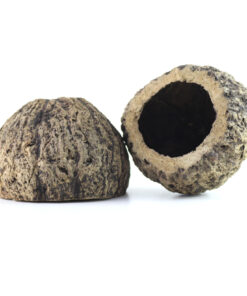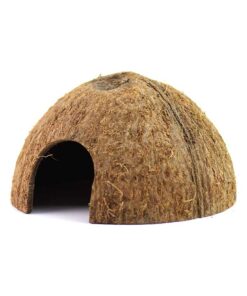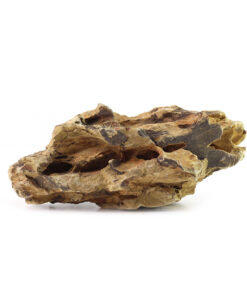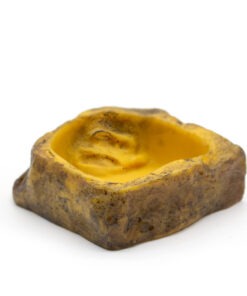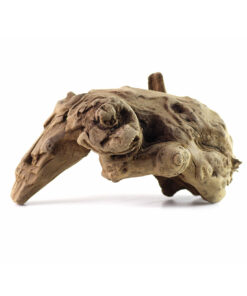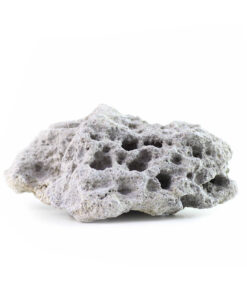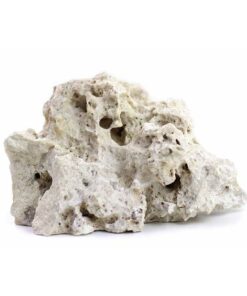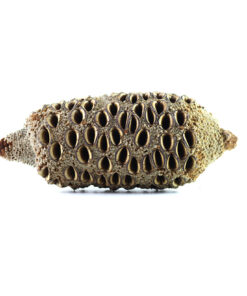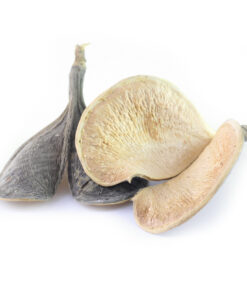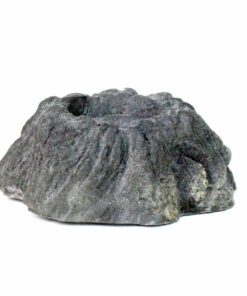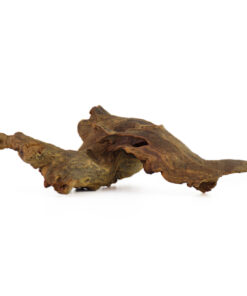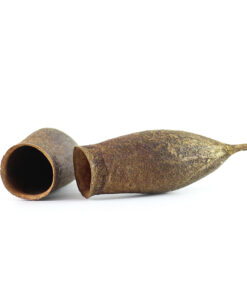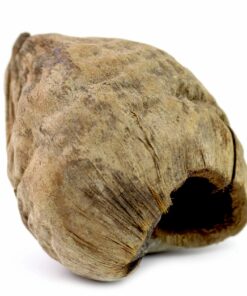
Medium-Heavy

Liberia, Ghana, Cameroon, Nigeria, Congo

4.0 CM

26-28 °C
Short description:
Gyna capucina is a very special rarity in the cockroach hobby. Many have tried to breed this beautiful cockroach species, but without success. You only have to pay attention to a few small things and the breeding will work like a charm.
This cockroach species is without doubt one of the most beautiful in the hobby. The fine lines on the wings in combination with the light brown ground colouring ennoble the animals in the adult stage. The dark brown demarcation on the neck shield with the light brown eye area markings additionally emphasise their unique appearance. The animals are relatively flat and like to cling to pieces of bark.
It is best to use only Flake Soil for the posture. Flake Soil is loose and airy in the terrarium and offers the cockroaches good ventilation even when they are in the substrate. For ventilation in the terrarium, you should use chimney ventilation. This provides natural circulation and avoids waterlogging and stuffy air. The substrate should be slightly moist, but not excessively wet. We recommend watering more often and spraying less water. In addition, we feed fodder leaves and weekly fruit and vegetables. Protein food is also accepted and should be offered weekly. The protein and moist food should be dosed so that the animals have eaten it the next day. This reduces the risk of mite and mould growth.
This cockroach species is without doubt one of the most beautiful in the hobby. The fine lines on the wings in combination with the light brown ground colouring ennoble the animals in the adult stage. The dark brown demarcation on the neck shield with the light brown eye area markings additionally emphasise their unique appearance. The animals are relatively flat and like to cling to pieces of bark.
It is best to use only Flake Soil for the posture. Flake Soil is loose and airy in the terrarium and offers the cockroaches good ventilation even when they are in the substrate. For ventilation in the terrarium, you should use chimney ventilation. This provides natural circulation and avoids waterlogging and stuffy air. The substrate should be slightly moist, but not excessively wet. We recommend watering more often and spraying less water. In addition, we feed fodder leaves and weekly fruit and vegetables. Protein food is also accepted and should be offered weekly. The protein and moist food should be dosed so that the animals have eaten it the next day. This reduces the risk of mite and mould growth.
Essentials for Gyna capucina!
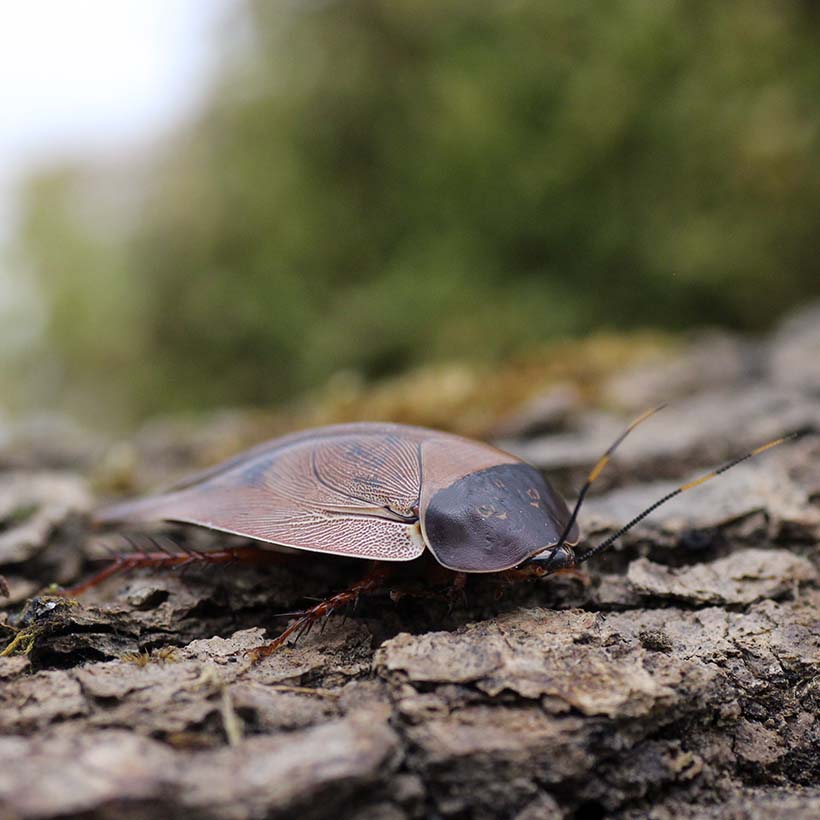
-18%
50,49 € – 132,99 € Incl. VAT plus shipping
-34%
79,99 € – 159,00 € Incl. VAT plus shipping
-25%
3,00 € – 12,00 € Incl. VAT plus shipping
8,99 € Incl. VAT plus shipping
-41%
1,25 € – 10,00 € Incl. VAT plus shipping
2,50 € Incl. VAT plus shipping
3,99 € Incl. VAT plus shipping
4,99 € Incl. VAT plus shipping
3,99 € Incl. VAT plus shipping
3,99 € Incl. VAT plus shipping
3,99 € Incl. VAT plus shipping
3,99 € Incl. VAT plus shipping
2,95 € Incl. VAT plus shipping
9,90 € Incl. VAT plus shipping
2,79 € Incl. VAT plus shipping
2,50 € – 12,00 € Incl. VAT plus shipping
3,00 € – 12,00 € Incl. VAT plus shipping
-25%
3,50 € – 24,99 € Incl. VAT plus shipping
5,49 € Incl. VAT plus shipping
3,99 € Incl. VAT plus shipping
3,99 € Incl. VAT plus shipping
4,99 € Incl. VAT plus shipping
-20%
14,99 € Incl. VAT plus shipping
9,99 € Incl. VAT plus shipping
9,90 € Incl. VAT plus shipping
9,49 € Incl. VAT plus shipping
7,99 € Incl. VAT plus shipping
1,10 € – 2,49 € Incl. VAT plus shipping
-14%
2,90 € – 25,00 € Incl. VAT plus shipping
1,49 € Incl. VAT plus shipping
7,99 € Incl. VAT plus shipping
1,98 € Incl. VAT plus shipping
2,99 € Incl. VAT plus shipping
4,99 € Incl. VAT plus shipping
| Weight | 110 g |
|---|---|
| Quantity | 12 Animals |
| Size | Nymph |



